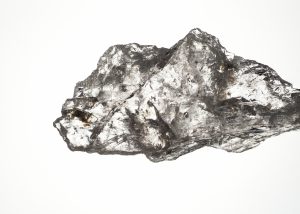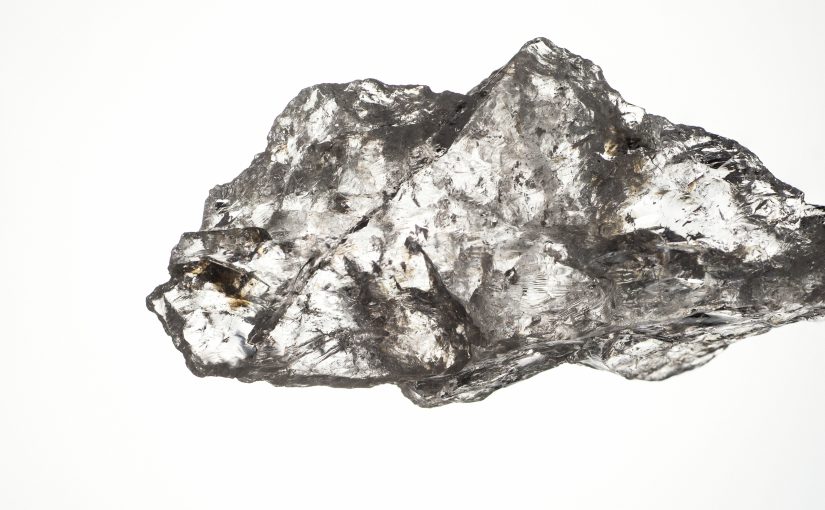Zirconium and its alloys not only have good machinability, moderate mechanical strength, and high corrosion resistance, but also have a low neutron cross-section. In the nuclear energy industry, they are widely used as structural materials for water reactors. Zirconium widely exists in zircon, so most methods of preparing metal Zr use zircon as a raw material for extracting zircon. This article will mainly introduce four methods for purifying zirconium.
Metal Thermal Reduction Method
The reducing agents used in the thermal reduction method are mainly calcium and magnesium.
(1) Calcithermic reduction
Using ZrO2 as raw material and calcium as a reducing agent, the reduction reaction is carried out at 1273-1373K under vacuum. The reduction product is a powdery mixture of Zr, CaCl2, CaO, and Ca, which can be pickled, washed with water, filtered, dried, and sieved to obtain metal zirconium.
(2) Magnesium reduction method
The magnesium reduction method mainly includes steps such as the preparation of zirconium tetrachloride, purification, magnesium reduction, and vacuum distillation. Chloride zirconium dioxide or zircon sand to obtain zirconium tetrachloride, purify, remove impurities such as SiCl4, TiCl4, AlCl3, FeCl3, and then use molten magnesium to reduce ZrCl4 to obtain a mixture of metal zirconium, magnesium, and magnesium chloride, and finally, Zirconium metal is obtained by distillation and purification.

Hydrodehydrogenation
This method uses the reversible absorption characteristics of zirconium to hydrogen to prepare zirconium powder. At a certain temperature, zirconium and zirconium alloys absorb hydrogen to form hydrides or solid solutions. When reaching a certain level, the material will produce microcracks, become brittle, and contain a lot of hydrogen. Such powder is called zirconium hydride powder. Zirconium hydride powder is dehydrogenated under high temperature and vacuum conditions to obtain zirconium powder. After years of improvement and promotion, this method has become the main method for producing zirconium powder.
Molten Salt Electrolysis
Metals or alloys that are difficult to electrodeposit in an aqueous solution usually use molten salt electrodeposition. Insoluble anodes are usually used, stainless steel or other refractory metals are used as cathodes, and molten salts of electrodeposited metals and alkali metal chlorides or fluorides are used as electrolytes. During the electrolytic reduction process, they are decomposed by the electrolytic metal molten salts. and deposited at the cathode.
Direct Electro-Deoxidation Method
The direct electro-deoxidation method uses a single or mixed metal oxide as the raw material, presses it into a block as the cathode, removes the oxygen in the cathode by electrolytic deoxidation, and obtains a metal element or alloy with low impurity content in a high-temperature molten salt, also known as FFC Law. The metals successfully prepared by the FFC method include Zr, Hf, Be, Mg, Ca, Ba, V, Nb, W, Fe, and Cu.
Among the four methods, the magnesium reduction method and hydrogenation-dehydrogenation method are the main production methods in the industry.
For more information about zirconium materials, please visit https://www.samaterials.com/.
